These Expensive Military Decisions Were A Total Waste of Money
It's no secret that the government spends an egregious amount of money on military spending. In 2015 alone, the United States spent 54% of their federal discretionary on the Army, a whopping $598.5 billion. While much of this money funds new technology, not all of those projects end up working.
Throughout the 20th and 21st centuries, several expensive military projects have failed. A $200 billion wall got destroyed in a single day. Billions sank into anti-aircraft missiles that never fired, and an aircraft laser that didn't work. Here are the most expensive mistakes made by armies around the world.
The Terribly Constructed F-35 Threw Away Trillions

Since 1996, the Joint Strike Fighter program has poured $1.5 trillion into a new fighter plane, the Lockheed Martin F-35 Lightning II. It was meant to be a plane that could take off from anywhere, land on anything, and deploy nearly every weapon. That didn't happen.
Instead, the F-35 ended up being slower than the F-14 Tomcat from the 1970s and got destroyed during a dogfight test with the 1960s F-4 Phantom. It struggled to land on aircraft carriers and was exceptionally prone to lightning strikes. Nick Harvey, a defense chief from the U.K., called the F-35 "one of the biggest white elephants in history."
Hitler's Atlantic Wall Got Obliterated In One Day
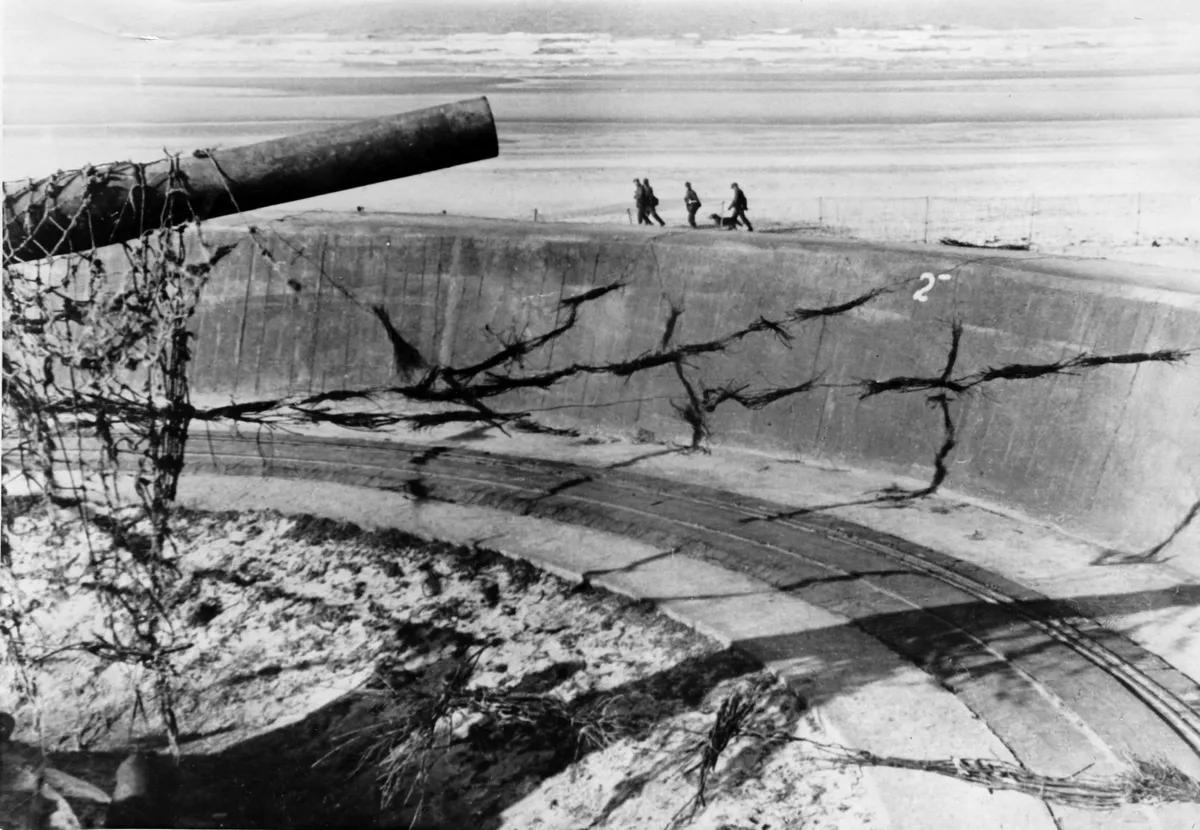
In 1942, Adolph Hitler predicted that the Allied Forces would invade his French territory. To prevent future invasions, Hitler commissioned a 2,000-foot-long wall filled with guns, tank traps, and other obstacles. The "Atlantic Wall" would have been the most impressive engineering feat ever conceived if it worked.
To start, Hitler wanted the Atlantic Wall finished within a year; it took two years to build. He bought 1.2 millions tons of steel, enough to build 20,000 tanks. Around 25,000 Germans worked on the wall, and the entire endeavor cost $200 billion in today's money. The Atlantic Wall ended up scattered and unstable, and even Hitler's generals weren't impressed. The wall fell within a day.
The Airbus A400M Atlas, Europe's Multi-Billion-Dollar Disaster
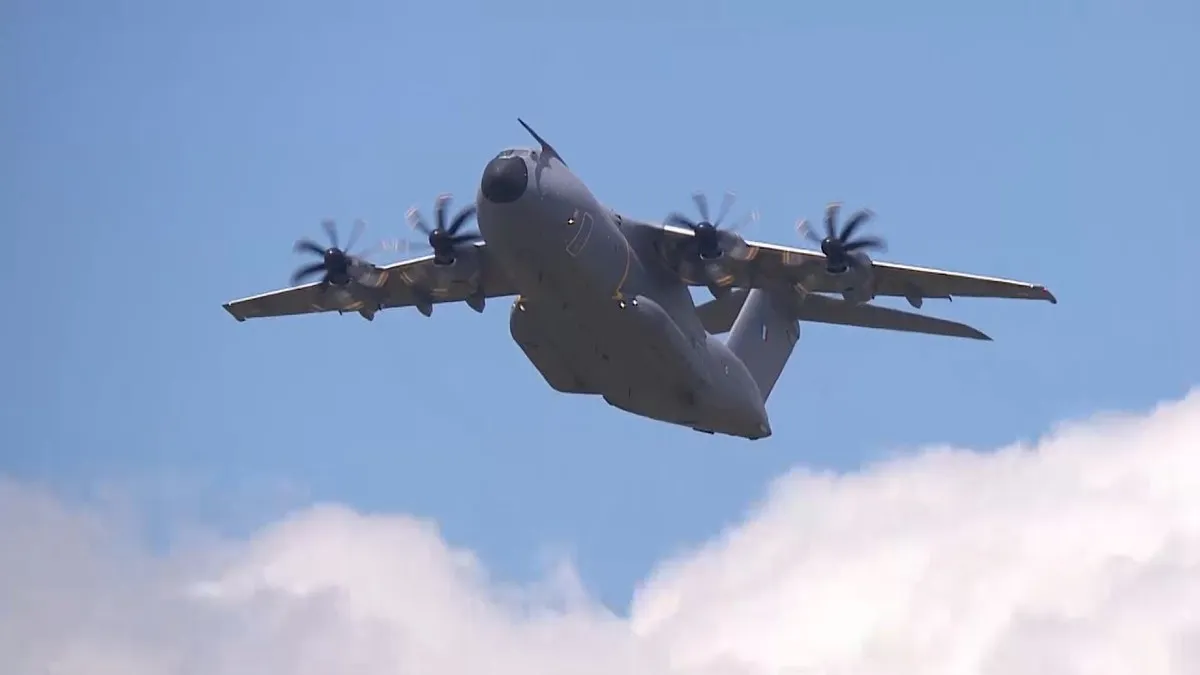
In the early 2000s, Airbus Military (now called Airbus Defense and Space) began designing a military transport aircraft to replace older models. The United Kingdom, France, Germany, Italy, Belgium, Turkey, and Luxembourg funded the Airbus A400M Atlas. Almost immediately, construction was postponed to renegotiate "certain technical characteristics."
By 2009, Airbus expected the program to lose €2.4 billion ($3 billion) and run €11.2 billion ($13.6 billion) over budget. In 2010, the A400M was three years behind schedule. The issue became so bad that some countries bought or leased cargo planes from the U.S. The British Prime Minister of Defense called the A400M "a complete, absolute [expletive] disaster, and we should be ashamed of ourselves. I have never seen such a waste of public funds in the defense field in the past 40 years."
Project Nike: Missiles That Were Never Fired
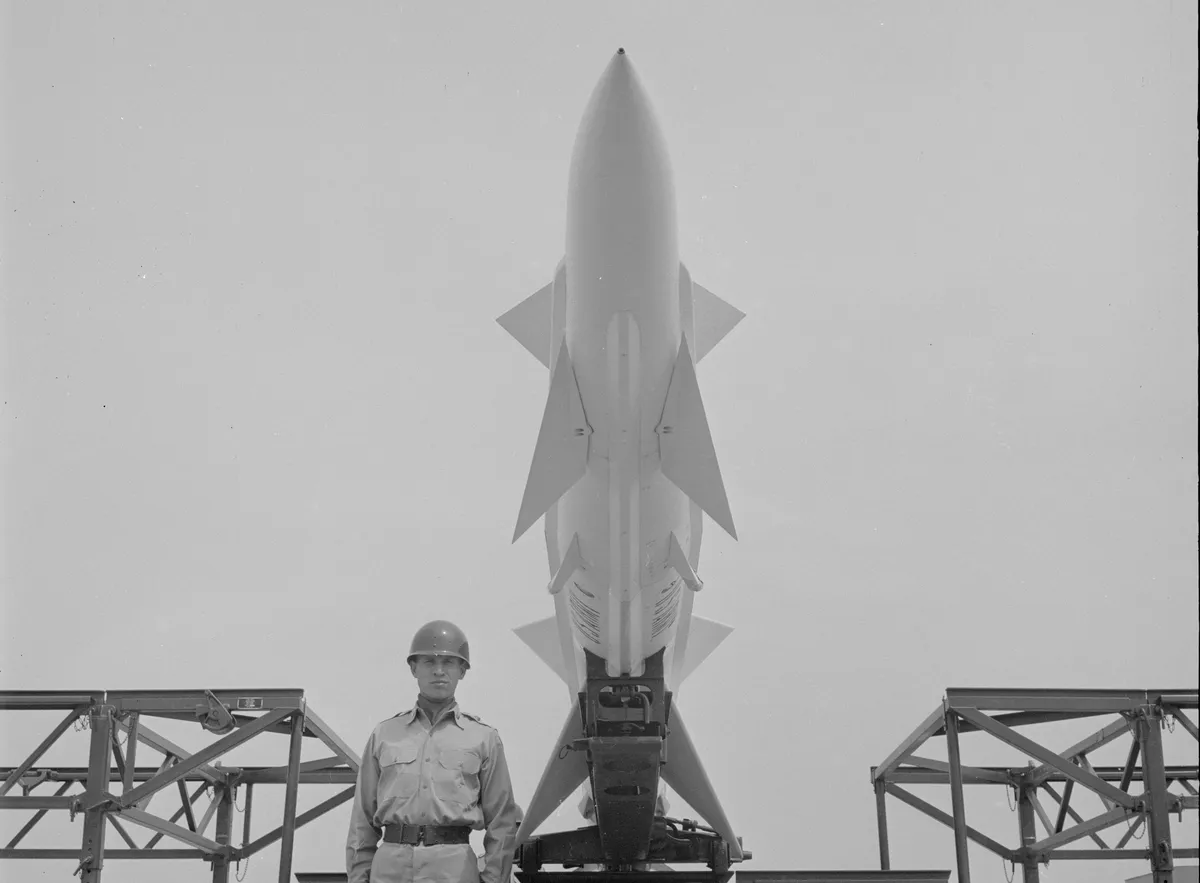
During the late 1940s and 1950s, engineers delivered the United States's first anti-aircraft missile through Project Nike. But that was the only thing this project achieved. Originally, the Military planned to build these anti-aircrafts across the country to combat Soviet bombers. But they never entered combat.
In 1953, Nike Ajax came into existence. It was soon replaced with Nike Hercules, and then Nike Zeus. Meanwhile, the Soviet Union was in the process of phasing out bombers, which made the Nike missiles useless. By the late 1970s, Project Nike disappeared, swallowing a catastrophic $20 billion.
The Maginot Line Consumed One-Third Of France's Military Budget
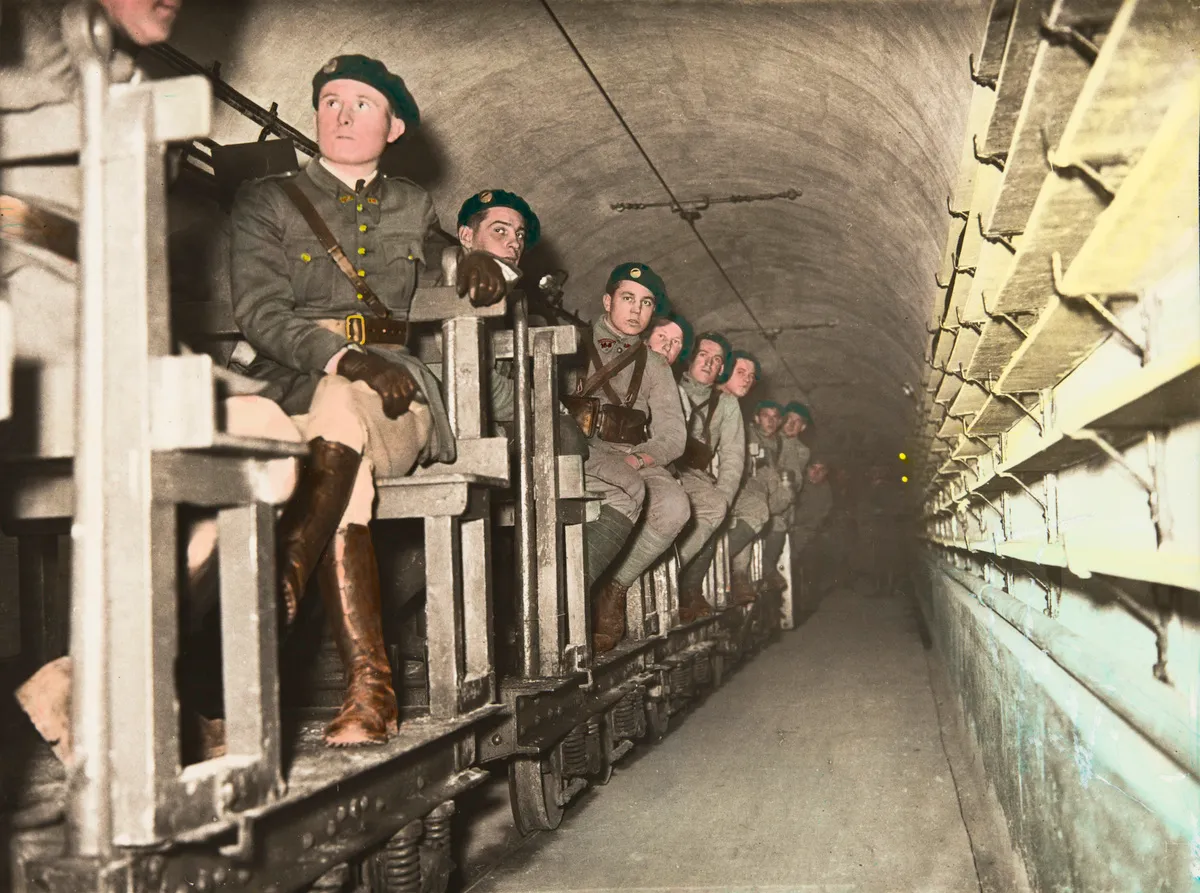
A defensive wall that cost 7 billion Francs became the reason that the country fell to Germany in World War II. After World War I, the French Military worked on an impregnable border called the Maginot Line. The problem is that it turned out to be a glorified trench.
Because the army poured so much faith into the Maginot Line, its forces were scattered. The German Wehrmacht went around the wall and punched through France's undefended territory in southern Belgium. Within six weeks, German troops successfully invaded France. Now, Maginot line has come to mean "a defensive barrier or strategy that inspires a false sense of security," according to Merriam-Webster.
The Strategic Defense Initiative Wasn't So Strategic

A few days after his "evil empire" speech, President Ronald Reagan announced that the government was working on the Strategic Defense Initiative. This missile defense system was supposed to shoot down any nuclear missiles that Russia fired at the U.S. If it sounds like too much to tackle, it was. The project quickly descended into a black hole of lasers and supercomputing that were impossible to achieve.
Senator Ted Kennedy called the Strategic Defense Initiative a series of "reckless Star Wars schemes," and the public quickly hopped on the joke wagon. Physicists from MIT and atomic bomb researchers all explained that the laser physics were unfeasible. The project ended in 1993, but not before draining $150 billion.
The Boeing YAL-1's Airborne Laser Didn't Even Work
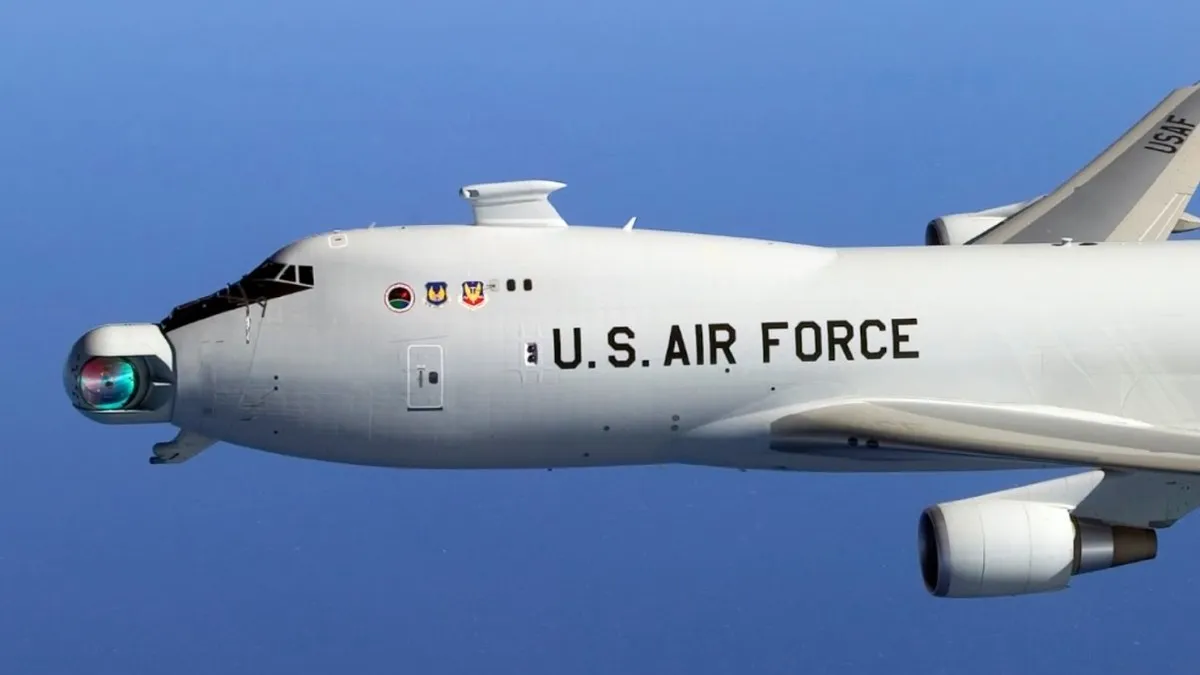
The Boeing YAL-1 was a less-impressive prototype of the Boeing NKC-135A. The Department of Defense wanted to give the aircraft an oxygen-iodine laser to shoot down ballistic missiles. After 50 attempts, the laboratory finally designed the laser. And it still wasn't up to par.
Unlike other failed projects, the YAL-1 successfully intercepted all of its targets in test runs. However, the "beam misalignment" and laser strength never improved. "I don't know anybody...who thinks that this program should, or would, ever be operationally deployed," said Secretary of Defense Robert Gates. "You would need a laser something like 20 to 30 times more powerful than the chemical laser in the plane right now to be able to get any distance from the launch site to fire." In 2014, the $5 billion YAL-1 was scrapped for parts.
750,000 Useless Albanian Bunkers

From the 1960s to the 1980s, Albania lived under the communist rule of Enver Hoxha. He was incredibly hostile toward his neighboring countries and believed that they would invade at any moment. To protect civilians, Hoxha commissioned thousands of round, concrete bunkers across the country.
These domes are everywhere in Albania, from vineyards to towns to beaches to mountains. By 1983, over 173,000 bunkers existed, around 15 per sq mi (6 per sq km). While the government spent one-fourth of its money on "bunkerization," roads and housing crumbled from the lack of income. Once Hoxha died in 1990, the program ended, leaving behind 750,000 bunkers that were never used.
Navy Officers Won't Even Use The Zumwalt-Class Destroyer
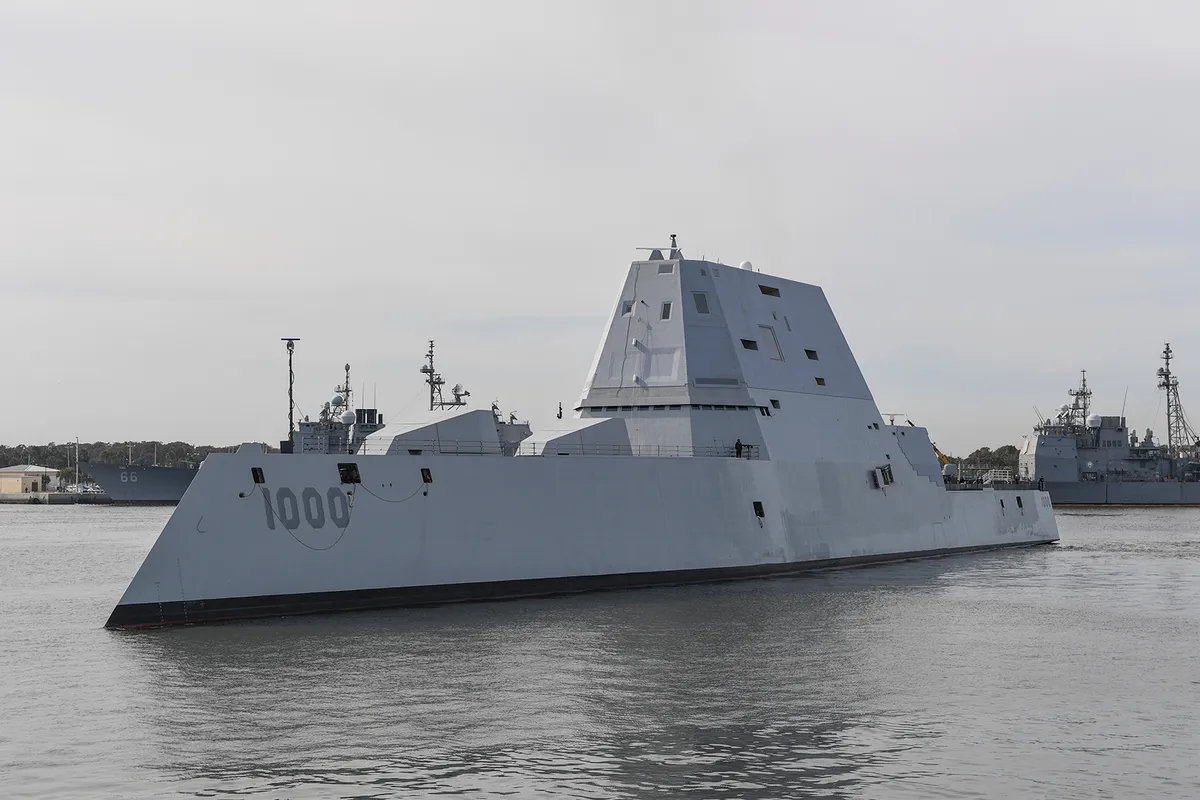
When the Zumwalt-class destroyer began operating in 2016, it became the most sophisticated warship in existence. It is also the most expensive — so costly that Navy officers are hesitant to use them in combat.
The Zumwalt-class began as an anti-aircraft model until the Navy repurposed it as a ship. It has two Advanced Gun Systems and Long Range Land Attack Projectile ammunition. The rising costs cut the project from 32 boats to ten, and then from ten to three. By April 2016, the program spent $22.5 billion total, costing around $7.5 billion per ship.
The XM2001 Crusader, A Failure That Prompted Future Failures

In 1994, the XM2001 Crusader was scheduled to be the United States's most mobile, durable, lightweight, and precise artillery. An official called the Crusader "a wonderful system — for a legacy world." But after several budget changes and testing, the Secretary of Defense Donald Rumsfeld canceled the $11 billion program in 2002. Two billion dollars had already been lost.
The Army redirected the Crusader's funds to Future Combat Systems, which also failed. Within the program, the Crusader's designs reappeared in the XM1203 Non-Line-of-Sight Cannon, which attempted to switch shell types quickly in intense combat. The XM1203 was killed in 2009, with only eight prototypes.
The Peacekeeper, Also Known As The MX Missile
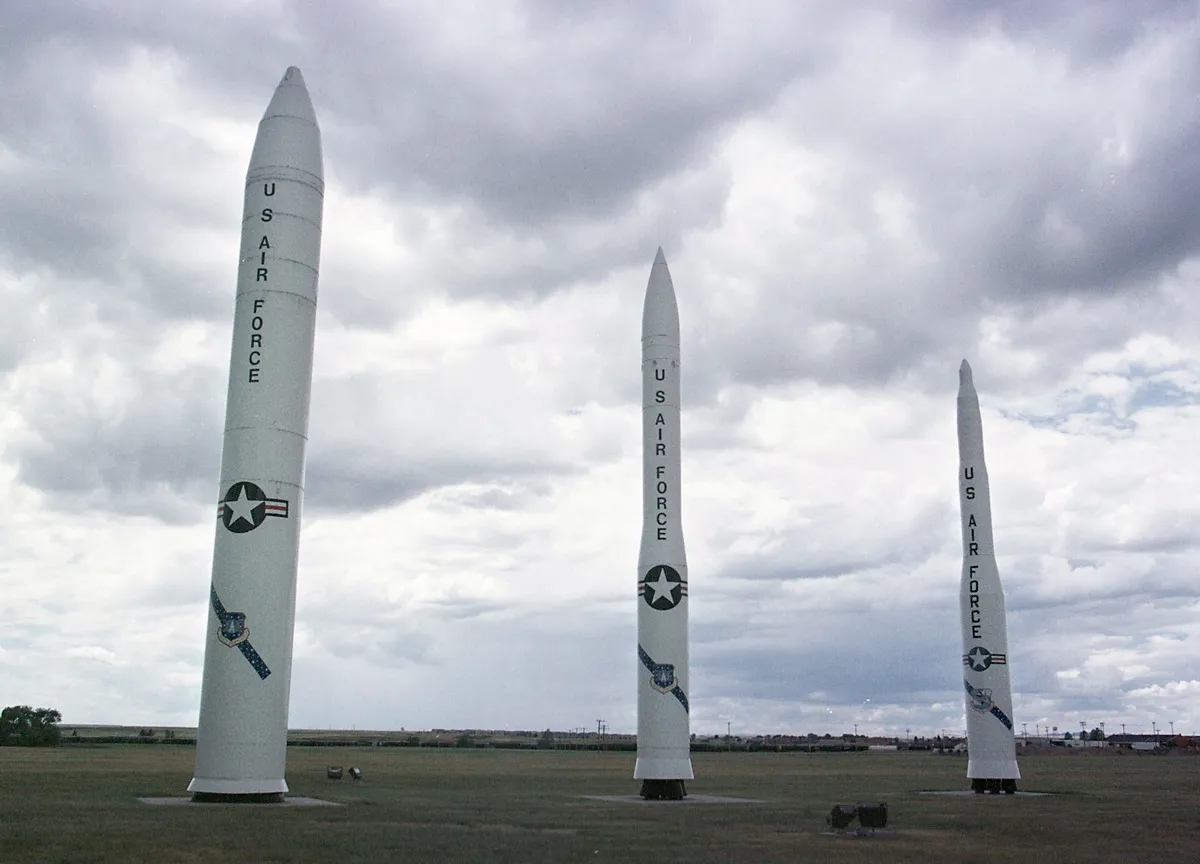
During the Cold War, the U.S. Department of Defense began constructing the LGM-118 Peacekeeper, also called the MX Missile. This land-based Peacekeeper was designed to fire MIRV warheads against Soviet missiles, using increased accuracy and firing power. However, the program suffered from long delays and downgrades that cost the government $25 billion.
For starters, the Peacekeeper was supposed to hold 100 silo-based missiles, but this was cut to 50 in 1984. Engineers also produced substitute Peacekeepers in case of attack, which cost even more money. Construction started and ended several times because the missiles were hard to store. Finally, around 2002, the Peacekeeper was phased out of service.
The Space-Based Infrared System Kept Being Replaced

After the Persian Gulf War, the United States Department of Defense decided that they needed better missile-detection technology. For almost 30 years, the Air Force has worked on the Space-Based Infrared System (SBIRS), a system of satellites that use infrared surveillance to detect missiles. Three systems evolved, and all of them were replaced.
The Government Accountability Office suggests that the programs failed because of high cost and immature technology. In 2018, the Air Force told SpaceNews that they would abandon SBIRS after spending $1.7 billion on each satellite. They claim that they're working on a new system that is "simpler."
The Future Combat System Never Went Into Combat
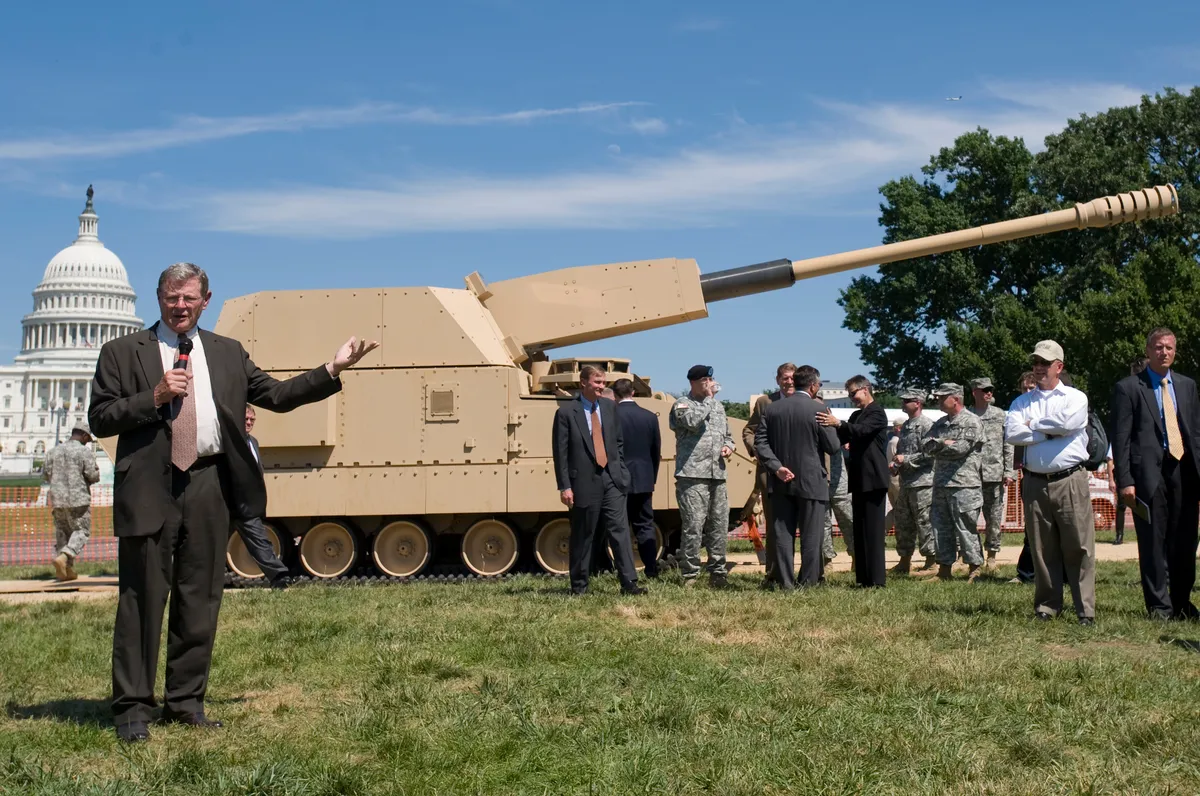
In 1999, the U.S. decided to build an integrated system of manned and unmanned vehicles that would dominate 21st-century warfare. The Future Combat System created a series of tanks that U.S. Army called "the most ambitious and far-reaching modernization" since World War II. Then the September 11, 2001, terrorist attacks occurred, and the project went downhill.
Future Combat System was pushed back due to ballooning costs and technical problems. As the Iraq War and Hurricane Katrina drained resources and funds, the project continued to be delayed. The teams announced that the tanks would roll out by 2015, even though they never met its 2004 incentive. In 2009, the Future Combat System ended, resulting in only eight prototypes and $19 billion wasted.
The Boeing-Sikorsky RAH-66 Comanche Could Barely Fly

In the 1990s, the U.S. Military constructed prototypes for the Boeing-Sikorsky RAH-66 Comanche, designed to replace all Cobra, Kiowa, and Huey helicopters. It was intended to be stealthy, speedy, and flexible. In reality, it could barely get off the ground.
In late 2000, engineers for the project had to reduce the Comanche's weight by 100 lb (91 kg) to help it fly. By 2002, they built a second prototype and scheduled it for massive restructuring. At the time, estimated costs put the Comanche at $26.9 billion. The U.S. Army finally canceled the project in 2004, although it had already wasted $7 billion by that time.
M247 Sergeant York Shot At Stands Instead Of Planes
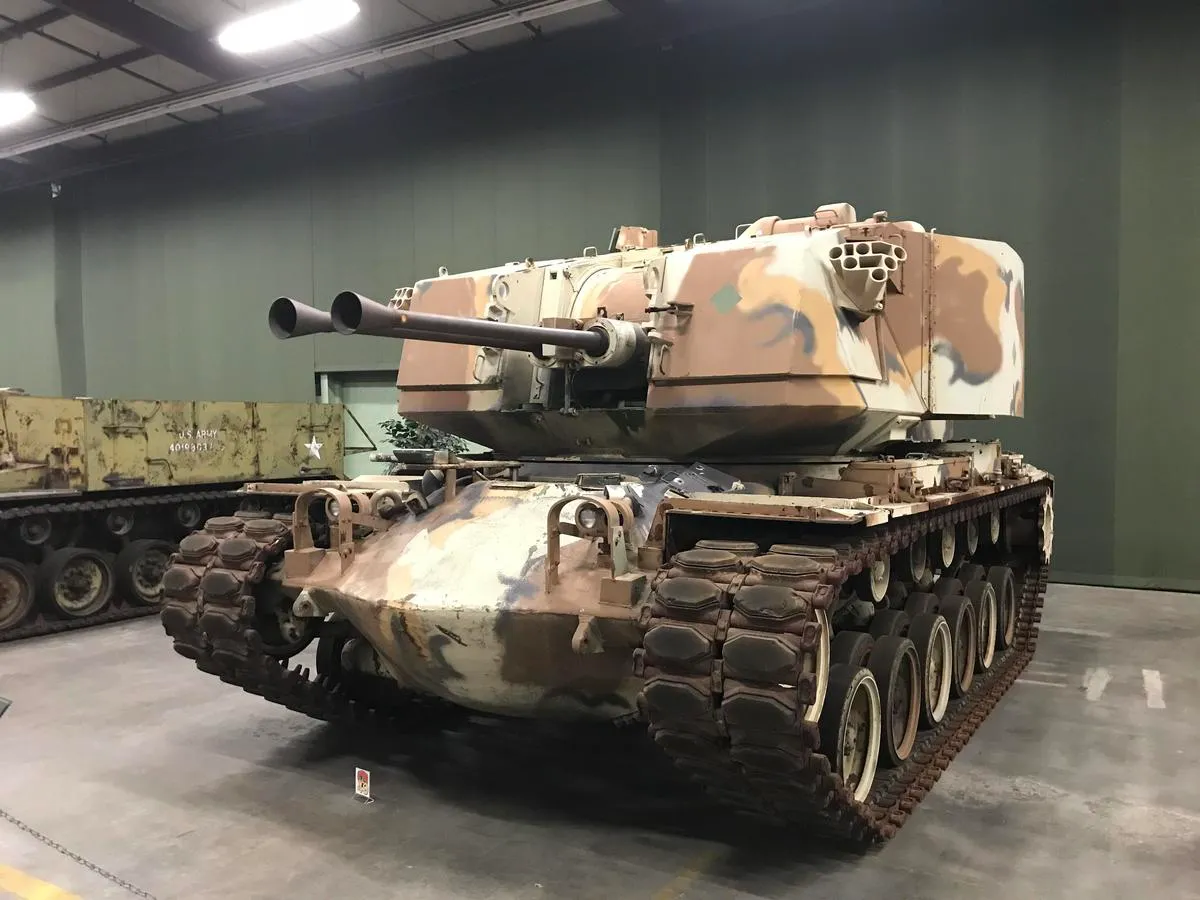
In the late 1970s, the United States Army began constructing the M247 Sergeant York, a self-propelled anti-aircraft tank. It was meant to take down Soviet aircrafts alongside the M2 Bradley and M1 Abrams. The tank underwent several proposals because engineers couldn't agree with cannons to use. From there, the craft's radar failed to detect helicopters behind trees and in time for "pop up" attacks.
At this point, engineers began using off-the-shelf parts to save money, such as World War II-era firearms. When the M247 finally surfaced in 1982, the guns immediately targeted review stands, causing members to scramble for cover. In 1985, the Secretary of Defense canceled the project after the Army spent $6 billion on 50 vessels.
The National Polar-Orbiting Operational Environmental Satellite System Failed Twice

In 1994, the U.S. Air Force teamed up with the National Oceanic and Atmospheric Administration (NOAA) to invent a next-generation satellite system. In theory, the National Polar-orbiting Operational Environmental Satellite System (NPOESS) would monitor Earth's oceans, atmosphere, and weather. The only thing it succeeded at was failing twice.
By 2011, NPOESS was five years behind schedule. It had to undergo three Congressional reviews for being 75% over budget. The Air Force's portion ended in 2012, while NOAA's part lasted longer, until 2017. Both organizations poured over $5.8 billion into NPOESS before it ultimately failed.
Mikoyan Project 1.44: One Prototype Spent $70 Million
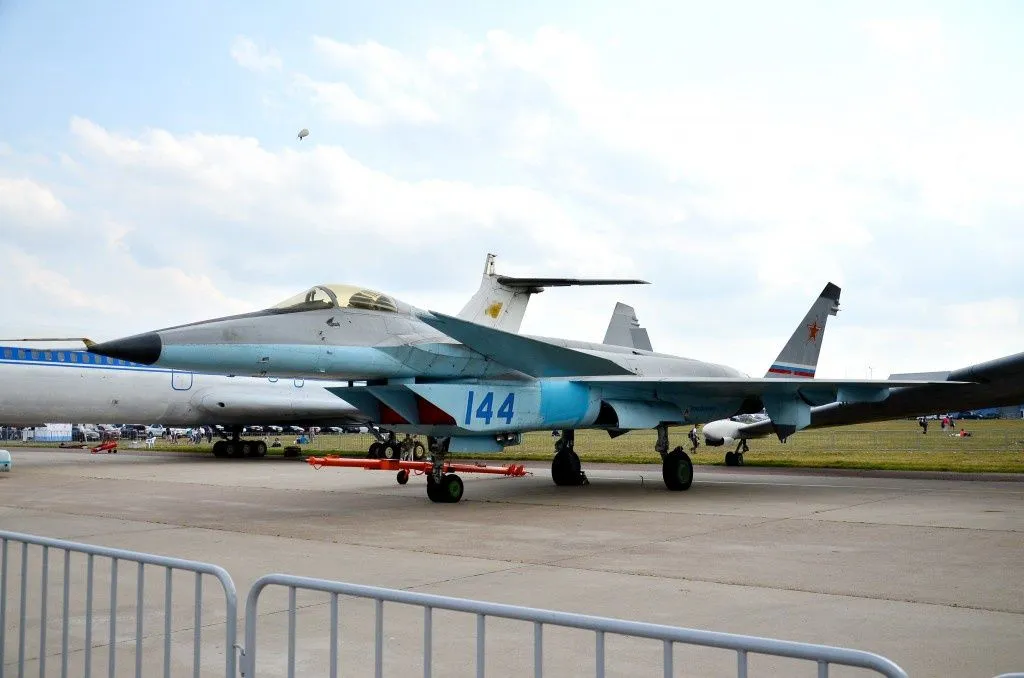
Russia began working on the Mikoyan Project 1.44 (or MiG 1.44) in the 1980s to combat the United States’ Advanced Tactical Fighter. They aimed to construct a fifth-generation jet fighter with advanced stealth and maneuverability. As the designs evolved, though, the costs heightened. The Soviet Union implemented an economic plan to try to remedy the situation.
At first, development sailed. The MiG 1.44 passed the Soviet Air Force’s critical review and began testing. However, engineers kept postponing upgrades because they didn’t have enough funds to implement them. After a change in management, the once-secret project became public, hiking the cost further. The Soviets finally killed the MiG 1.44 in 2000 after one prototype.
Australian Light Destroyer Project Only Destroyed Money
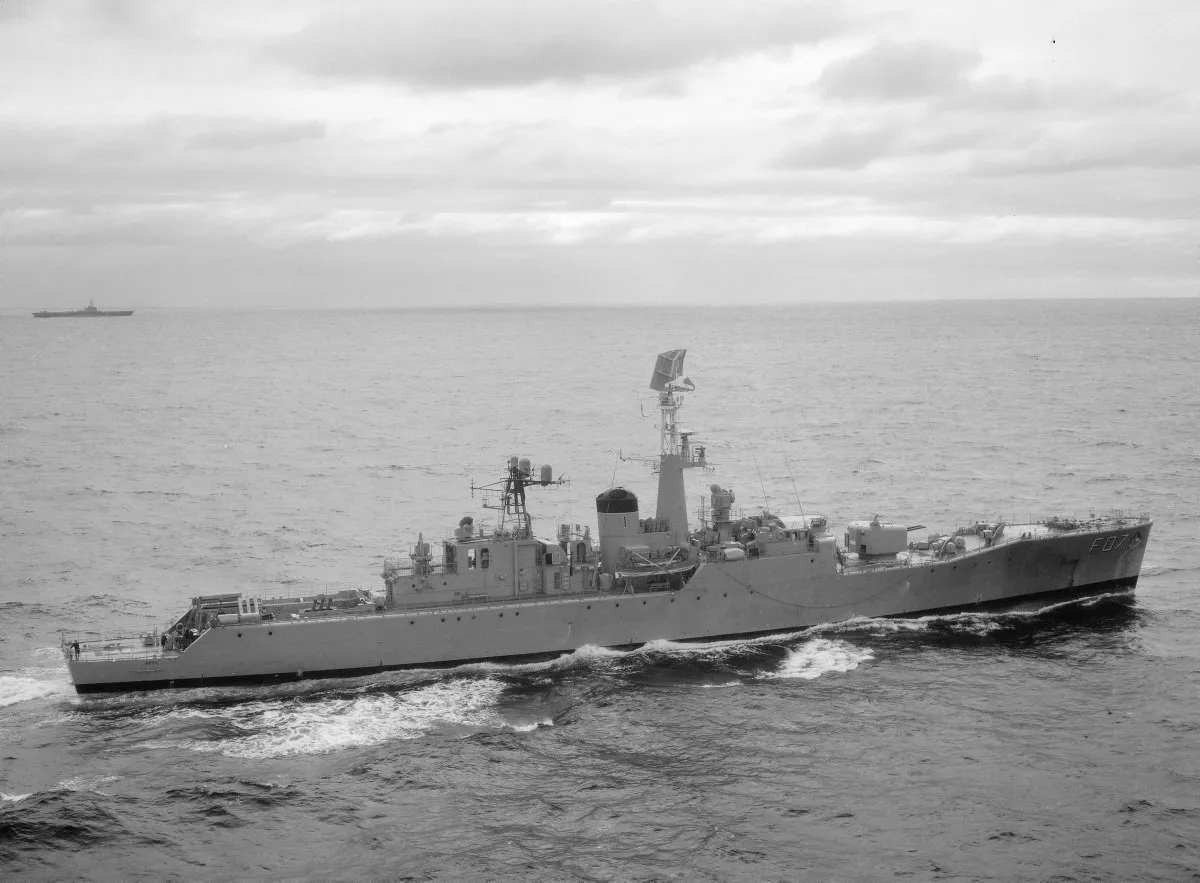
In 1966, the Royal Australian Navy aimed to create a vessel that could support their patrol boats. Their simple light destroyers, labeled DDL, were intended to be small, fast, and strong enough to haul cargo alongside haul ships.
By 1967, it became clear that DDL would have to replace patrol ships instead of joining them. Despite the growing cost, this design was approved in 1972. Each ship cost around $210 million. Eventually, they had to cut costs, which resulted in a smaller vessel that couldn't compete with American and British maritime technology. After dumping $1.7 billion on the project, the Navy abandoned DDL in 1973.
The U.S. Spent $11 Billion On Joint Tactical Radio Systems
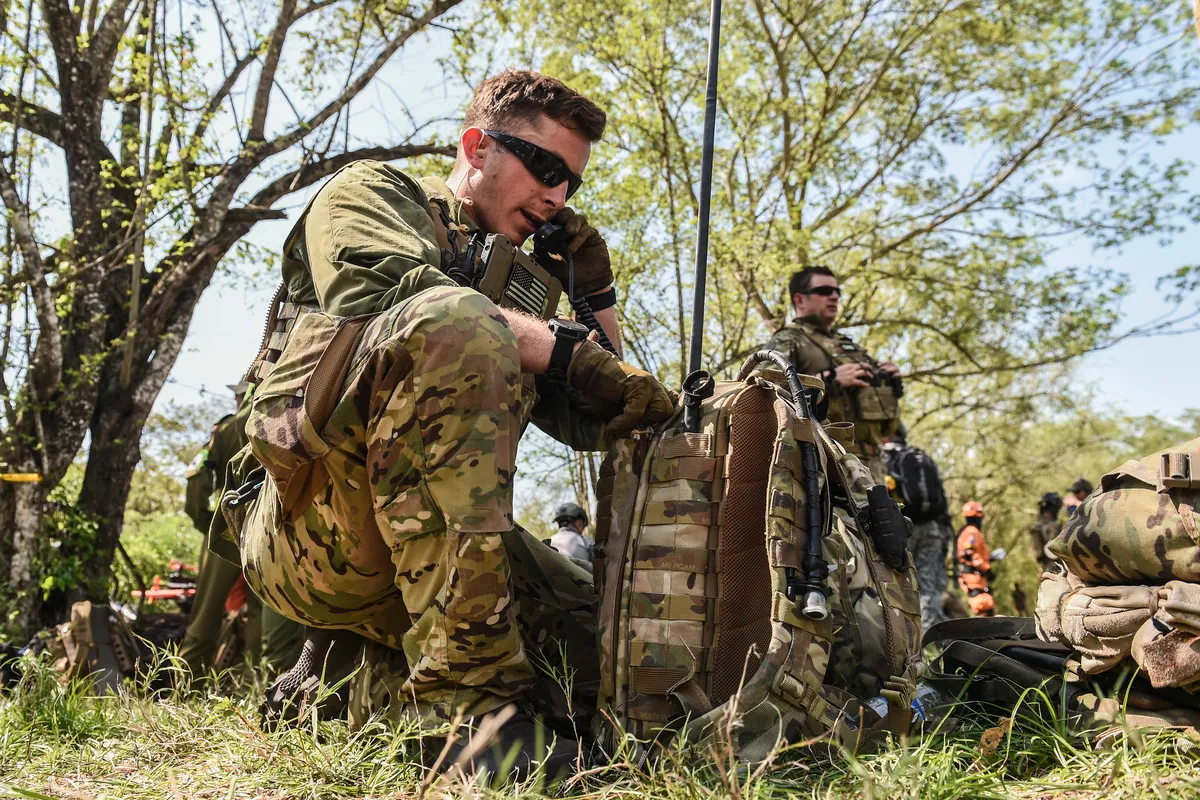
In 1997, the Joint Tactical Radio System (JTRS) entered development, with the goal to replace all existing radios used by the American Army. Instead of using multiple radio types, the JTRS would have a set of software-defined radios that would allow it to switch frequencies. At least, that was the idea.
Because the project kept replacing management in the early 2000s, it lasted much longer than intended. Around 2006, the Army no longer aimed to replace all radios, so they canceled JTRS after spending $6.8 billion that produced 180,000 radios. By 2007, they revived the program. As the military waits for JTRS to finish, they continue to spend $11 billion on radios that will eventually be replaced.
The Bobcat Personnel Carrier Didn't Carry Much
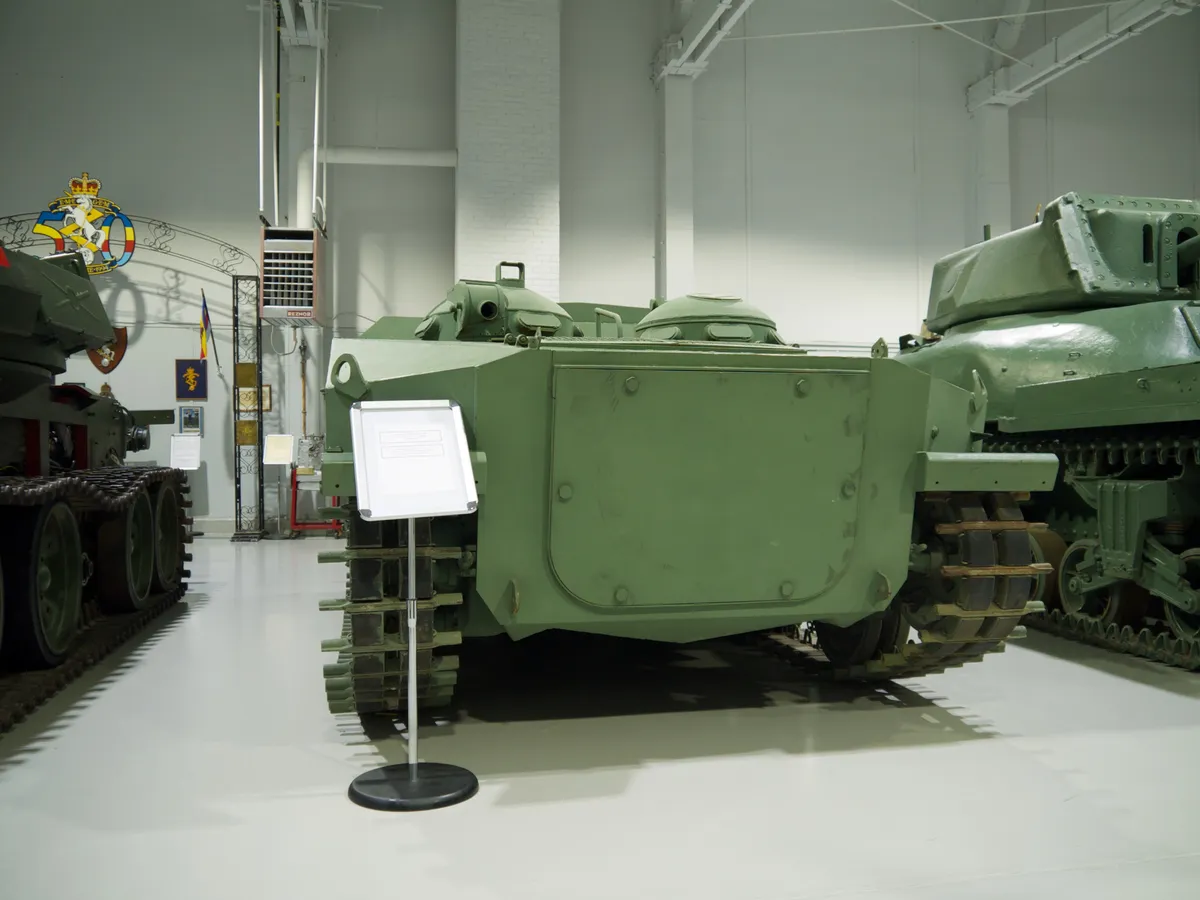
After World War II, the Canadian Army realized that much of their technology was outdated. They decided to replace their armed personnel carrier, the Kangaroo, in 1952. Hence, construction on the Bobcat began. The design underwent several changes in the first four years, and like several other failed projects, the Bobcat's price skyrocketed.
The Canadian government finally approved the Bobcat budget in 1961. By then, it had been under development for nine years, and nothing had replaced the Kangaroo. Meanwhile, the Bobcat's testing had negative reviews reporting problems such as tripping hazards and loud operating sounds. With no solution in sight, the Bobcat was terminated in 1963.









